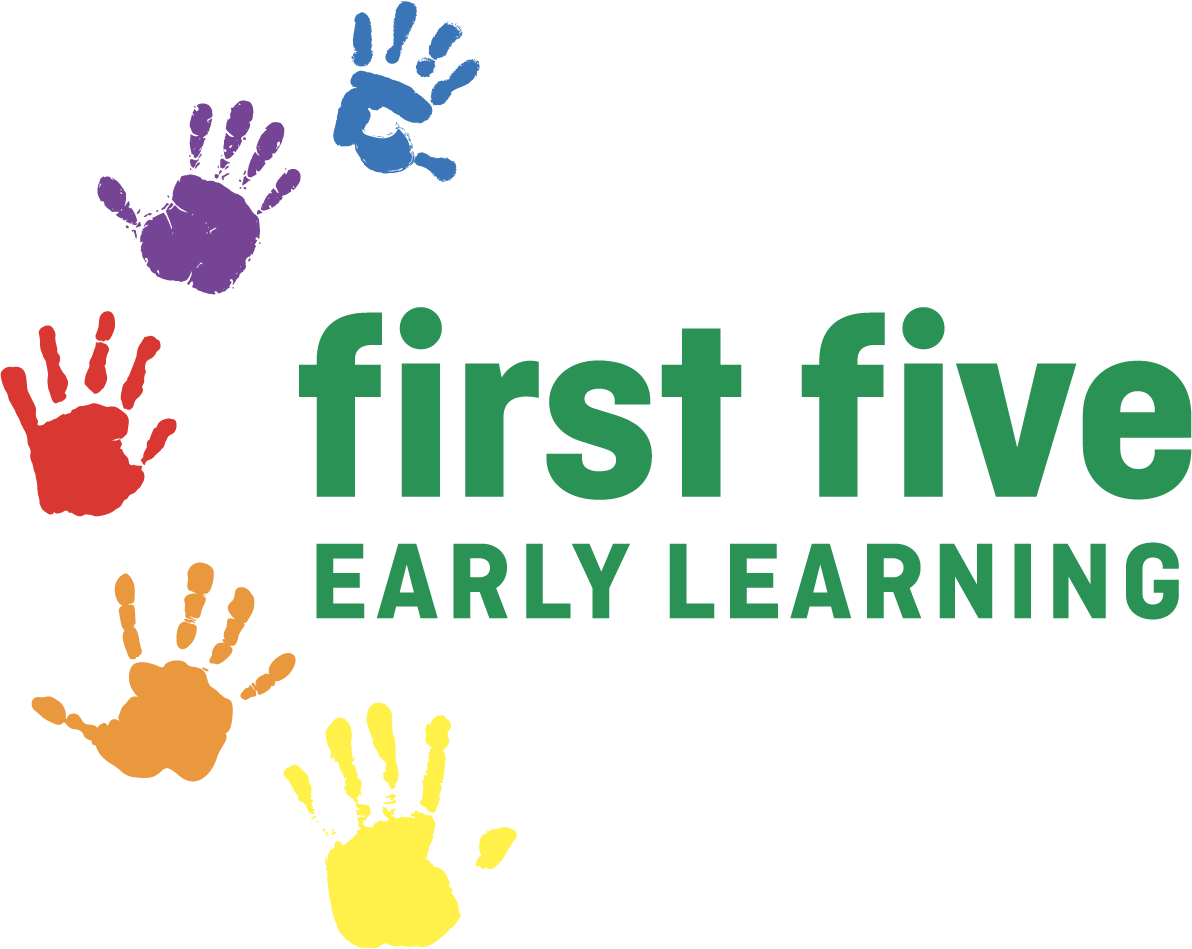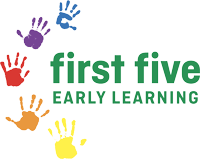
Blog #8: How Children Learn to Read
For young children, learning to read occurs over many years. Learning to read is one part of a broad literacy skill set that also includes spoken language, written language and visual images. In the prior-to-school years, a focus on reading occurs through the development of pre-reading skills.
Pre-reading skills are not dependent on formal lessons or training. Pre-reading skills are supported through repeated opportunities to listen to patterned, predictable texts while enjoying the feel of reading and hearing language. Educators focus on children developing a love of books and stories and support them to hear the sounds of language (phonemes) so they can apply letter-sound relationships (phonics) as one strategy when learning to read at school. Exploring letters and their corresponding sounds, playing with language, listening, building vocabulary and speaking are all necessary pre-reading skills.
Research tells us that strong oral language skills are a key predictor of a child’s success in learning to read at school. In First Five Early Learning centres, educators engage children in shared book reading, serve-and-return interactions and conversations, rhythmic and singing experiences, and rhyming songs and games to hear how a language system works. Children’s vocabulary is extended as educators introduce new words and concepts based on their ideas and interests, ask open-ended questions, and focus on words in speech and texts. Books are always accessible to children, with fiction, non-fiction and wordless picture books providing a variety of reading material. Books are also included in play spaces to support further engagement with a particular interest or theme. Dramatic play is core to the curriculum to support oral language development as children identify with different characters, roles and voices to understand how people use and manipulate language in society.
When using books, educators help children to understand the text as well as the pictures carry the meaning of the story, letters combine to form words and, in the English language, reading progresses from left to right and top to bottom. Educators ask questions about the story to support comprehension, point out letters which begin with children’s names, and help children to listen for letter sounds. Favourite stories are re-visited time and time again, with props provided to children to retell stories in their own words.
In the design of learning environments, literacy and numeracy concepts are embedded, with educators building on these concepts as they become co-players in children’s play. For example, in this dramatic play space designed as a hospital, literacy concepts are embedded in the following ways: meaningful mark-making is encouraged through the ‘patient forms’ and a notepad to record phone messages. Labelled diagrams (the human skeleton) and relevant children’s literature (fiction and non-fiction) invite engagement with new and distinct vocabulary and patterned, predictable texts. Meaningful exploration of speech sounds (phonemes) and letters (graphemes) is encouraged through the eye chart, with exposure to environmental print through the inclusion of universal symbols and signs relevant to the play theme.

For children who are bilingual or multilingual, a strong basis in their first language supports the learning of English. Children who are learning English as an additional language are more likely to become readers and writers of English when they are already familiar with vocabulary and concepts in their first language. Including written and spoken books and songs, and visual signs and symbols in a child’s first language across the room can support children to acquire oral language skills in English. Families play a key role in supporting home languages to be incorporated across environments and in the daily curriculum.
Physical skills and learning to read
The development of core motor skills in children’s first five years is necessary for learning to read and forms a key part of the pre-reading stage of development. As explained by Robyn Papworth, a Paediatric Exercise Physiologist, visual tracking, vestibular balance, core strength, spatial awareness and crossing the midline are fundamental movement skills necessary for both reading and writing.
Visual tracking requires both eyes to move smoothly and as a team, to watch objects and people that are stationary and moving, without losing focus. In reading, visual tracking is necessary for locating and following the words across a page smoothly from one line to another. Vestibular balance sends the brain and body information about the position of the eyes, head and body in space. In reading, vestibular balance is needed for maintaining our place on the page, scanning from word to word and line to line.
Core strength is required for sitting upright to read and having endurance and focus to be able to engage in reading long enough to master and enjoy the activity. Spatial awareness is necessary for direction and understanding which way is up, down, left or right. In reading, spatial awareness supports understanding about letter orientation and how letters look on the page (e.g., if b, d, p or q are back-to-front).
Crossing the midline involves coordinating both sides of the brain at the same time to track our eye movements from the far-left hand side of the page to the far-right hand side of the page. In reading, the skill of crossing the midline ensures children don’t miss the first word of each line on the page and don’t move their torso as they move their eyes which can make the action of reading exhausting.
For young children, learning to read occurs over many years. All adults in children’s lives play a critical role in developing pre-reading skills in the prior-to-school years and supporting children to develop a love of stories, books and playing with language.
Dr Melinda Miller
Director of Early Learning


